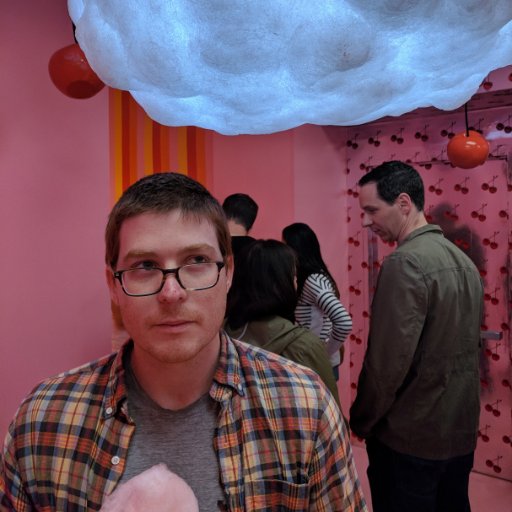
@CellRaiser_
cells and proteins. molecular machines. Assistant Professor: @uwbiochem | Postdoc: @stanford @prakashlab | Ph.D.: @ucsf Wendell Lim @CDI_UCSF

@CellRaiser_
cells and proteins. molecular machines. Assistant Professor: @uwbiochem | Postdoc: @stanford @prakashlab | Ph.D.: @ucsf Wendell Lim @CDI_UCSF